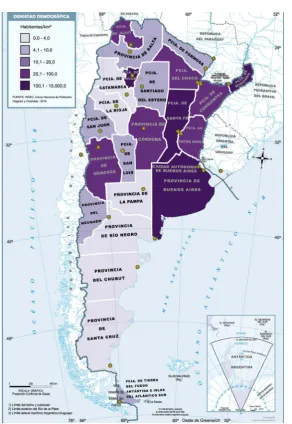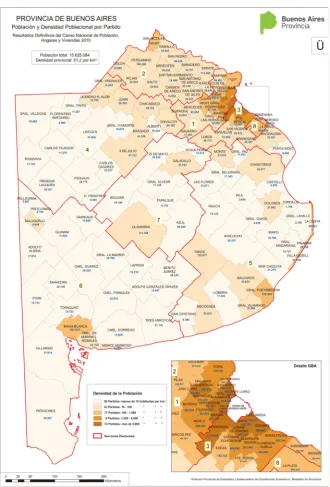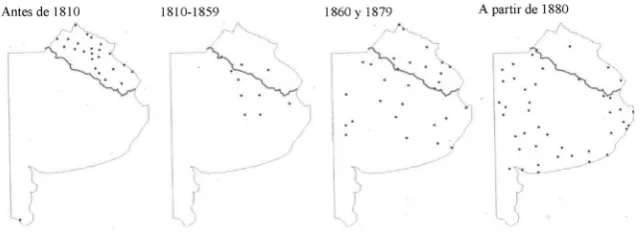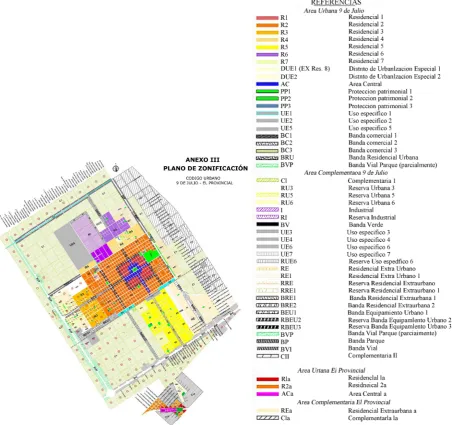Planning the Intermediate City, or How to Do Better with Little: The Case of the City of Nueve de Julio, Argentina
Full text
Figure




Related documents
My project will provide a way for NASA to complete an in house penetration test which includes: asset discovery, vulnerability scans, exploit vulnerabilities and
National Conference on Technical Vocational Education, Training and Skills Development: A Roadmap for Empowerment (Dec. 2008): Ministry of Human Resource Development, Department
South European welfare regimes had the largest health inequalities (with an exception of a smaller rate difference for limiting longstanding illness), while countries with
Field experiments were conducted at Ebonyi State University Research Farm during 2009 and 2010 farming seasons to evaluate the effect of intercropping maize with
On the Saudi Gulf coast the major environmental effects of coastal and marine use.. are concentrated in and around, Jubayl and
19% serve a county. Fourteen per cent of the centers provide service for adjoining states in addition to the states in which they are located; usually these adjoining states have
Using text mining of first-opinion electronic medical records from seven veterinary practices around the UK, Kaplan-Meier and Cox proportional hazard modelling, we were able to
PROJECT COPPELIA Solver Constraints Refined Skeletal Motion Character MESH Motion ANIMATION Virtual ENVIRONMENT Performance MODELLING. Figure 1.2: T he P ro je c t “Synthesising
